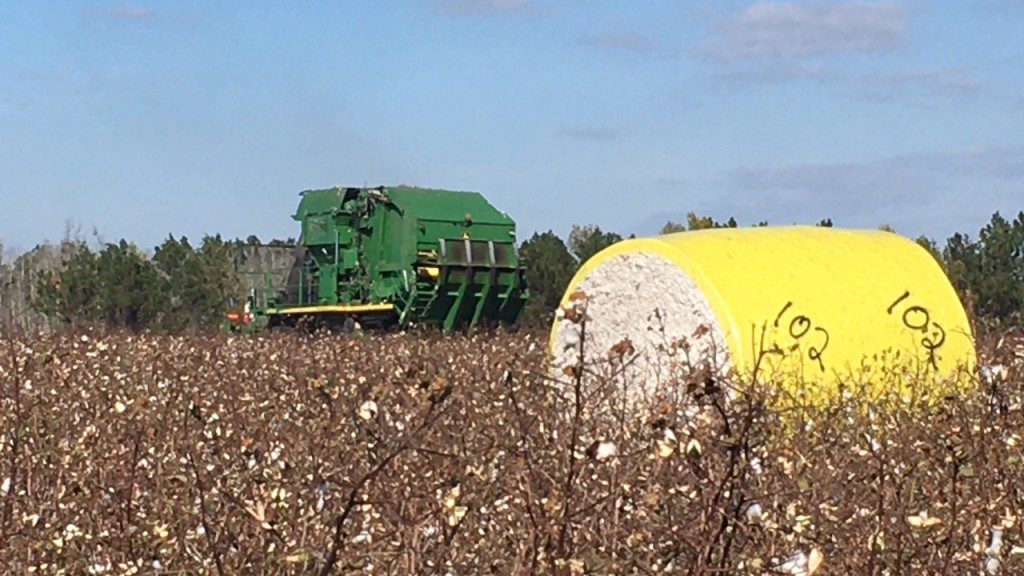Recent Posts
-
Colquitt County Extension ANR agents and FACS agent are collaborating to offer an upcoming farm to table program.
Posted in: Uncategorized -
This spring corn acres seem to be up in Colquitt County. On March 16th with the help of a several local farmers, Jeremy and I planted an on farm corn trial to evaluate 18 different varieties. Check out our plot plan below. “Jeremy with the local farmers loading the corn seed for the variety trial.”
Posted in: Uncategorized -
Below is an article about Hay Storage, by Jeremy Kichler, Colquitt County Extension agent, that was used in the March 2016 UGA Forage Team Newsletter. Hay is a big expense for cattle operations and keeping the expense down requires hay to be stored efficiently and cost effectively. A lot of hay harvested in Georgia is…
-
Colquitt County Extension partners with Colquitt’s Young Farmers Association to host 2016 Pecan Update Date: Tomorrow night, Tuesday, March 22, 2016 Time: 7:00 pm Location: Colquitt County Extension Office Guest Speaker: Dr. Lenny Wells, UGA Pecan Specialist Please RSVP: Call (229)616-7455
Posted in: Pecans -
Attached below are the 2016 Cotton Enterprise Budgets from UGA extension Economist, Dr. Don Shurley. Click on the links to open the budgets for: (Strip-Till, irrigated) 2016-ST-IRR (Strip-Till, non-irrigated) 2016-ST-NI (conventional tillage, irrigated) 2016-CONV-IRR (conventional tillage, non-irrigated) 2016-CONV-NI
Posted in: Uncategorized -
Posted in: Uncategorized
-
Cotton and soybean varieties with tolerance to auxin herbicides (2,4-D or dicamba) are nearing commercialization. Prior to making applications of dicamba to dicamba-tolerant cotton/soybean or 2,4-D to 2,4-D-tolerant cotton/soybeans in Georgia, growers will be required to attend the training “Using Pesticides Wisely”. The training will focus on helping applicators/growers make wise decisions when applying not…
-
Early February is a good time to start managing for ambrosia beetles. Normally, beetle damage is worse on young trees from newly planted to 6 yrs old. So growers who planted trees this year should check newly planted trees closely for signs of damage by ambrosia beetles (toothpick-like sawdust tubes sticking out of attack holes…
Posted in: Pecans -
Deidre Harmon, PhD Student, The University of Georgia. Lawton Stewart, Extension Beef Specialist, The University of Georgia. What is grass tetany and why is magnesium important? Grass tetany, also known as grass staggers, magnesium (Mg) tetany, hypomagnesemia, and wheat pasture poisoning, is a nutritional disorder caused by either 1) an inadequate amount of dietary Mg,…
Posted in: Uncategorized -
Below are a few words from Dr. Dennis Hancock, UGA Forage Specialist, about the fertilization strategies for winter annual forages. Yet again, the weather is making farming a high stakes game of chance. We had a very wet end to the summer growing season (in most areas) and this resulted in the leaching out of almost…
